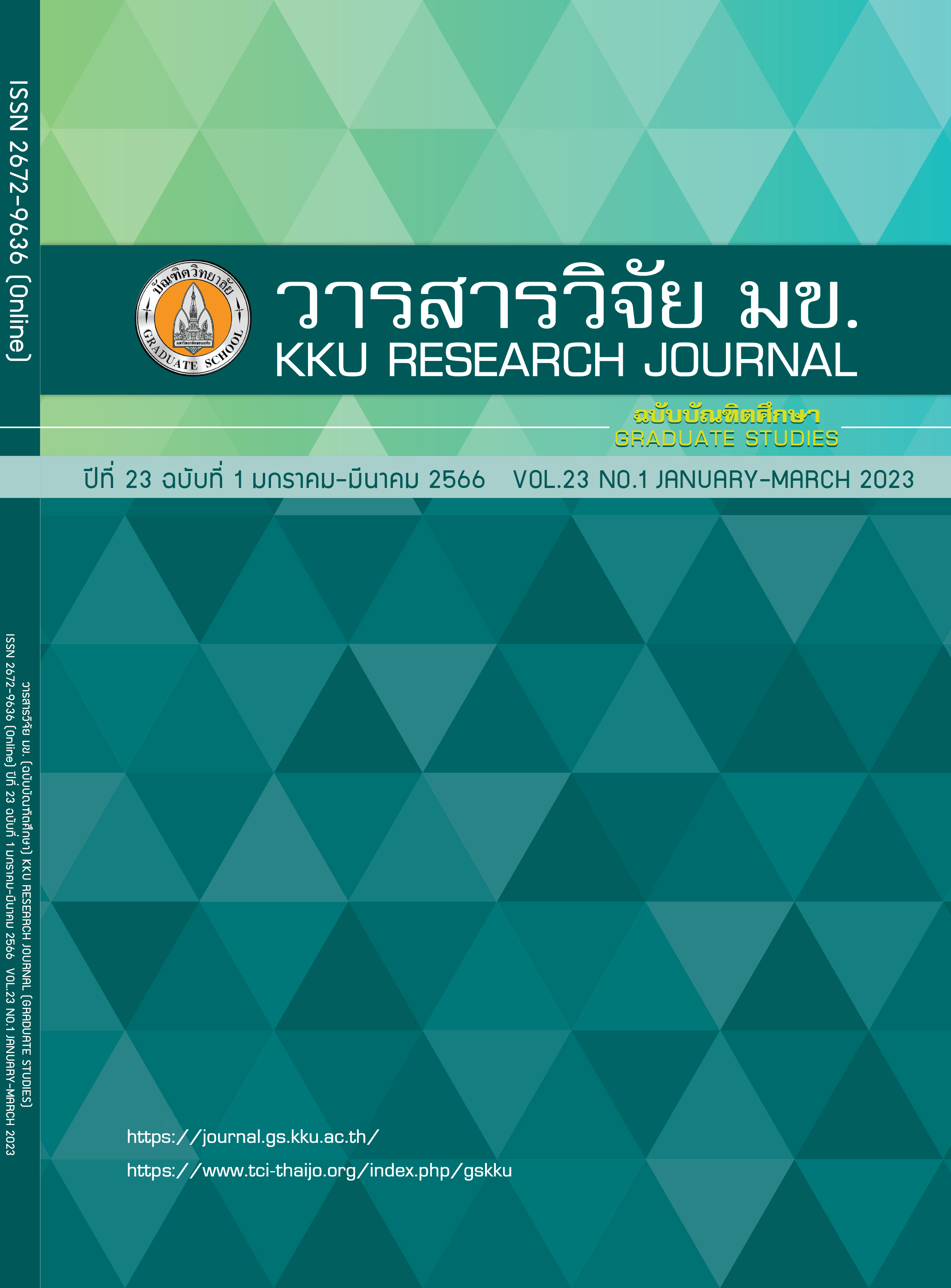Ergonomic Risk Assessment Among Tablet Users
Keywords:
Ergonomics risk, Tablet users, Rapid Upper Limb Assessment (RULA)Abstract
This study aims to determine the level of ergonomic risks among tablet users by three ergonomics experts. Thirty tablet users had their ergonomic risks examined using the Rapid Upper Limb Assessment (RULA) while studying for 30 minutes (taking notes and tilting their neck to read a projector screen). The results showed that almost all the tablet users had a total RULA grand score of 6 out of 7 on both sides. (“taking note” right: 73.30%, left: 90.00%, “tilting their neck to read a projector screen” right: 73.30%, left: 80.0%). These ergonomic risk levels indicated that usage of tablets in educational settings is becoming a problem and it should be investigated. In conclusion, the ergonomic risks among tablet users while studying (taking notes and looking up at a projector screen) were high. This may result in musculoskeletal issues in the affected area. More research should be conducted, and the relevant areas should be improved as soon as possible.
References
Chiang HY, Liu CH. Exploration of the associations of touch-screen tablet computer usage and musculoskeletal discomfort. Work. 2016;53(4):917-925.
Udomseth K, Suwannatthachote P, Na Takuatoong O. Development of a flipped learning instructional design model based on TPACK framework and elaboration theory for secondary school teachers under Office of the Private Education Commission. Journal of Education Naresuan University. 2017;19(4):24-38.
Twining P, Evans D, Cook D, Ralston J, Selwood I, Jones A, et al. Tablet PCs in schools: case study report: a report for Becta by the open university; 2005 [cited 2020 Sep 9]. Avilable from: http://oro.open.ac.uk/6407/.
Yassierli Y, Juraida A. Effects of netbook and tablet usage postures on the development of fatigue, discomfort and pain. J. Eng. Technol. Sci. 2016;48(3):243-253.
Morasuk Y, Sukwised P, Wongjeen W. Prevalence of musculoskeletal disorders among health sciences student tablet users at Naresuan University [undergraduate dissertation]. Phitsanulok: Naresuan University; 2019.
Lazarus L, Sookrajh R, Satyapal KS. Tablet technology in medical education in South Africa: a mixed methods study. BMJ open. 2017;7(7):e013871.
Komchadluek. Awasan Pracha Niyom Chaek Thaep Let Po 1. 2014 [cited 2020 Sep 11]. Available from: http://www.komchadluek.net/news/edu-health/186608.
Reserch BI. Research report: tablet PCs in schools: case study report 2005 [cited 2020 Sep 12]. Available from: http://www.teachfind.com/becta/becta-research-reports-and-publications-tablet-pc-evaluation.
Janwantanakul P, Sinsongsook T, Jiamjarasrangsri W, Supakankunti S. Prevalence and complementary factors and economic depletion associated with occurrence of musculoskeletal disorders in office workers in the Bangkok metropolitan region 2005 [cited 2020 Sep 13]. Available from: http://research.mol.go.th/2013/rsdat/prg/showdetail.php.
Srisua W, Didsoy S, Sarot S. Factors associated with musculoskeletal disorders among health science student tablet users at Naresuan University [undergraduate dissertation]. Phitsanulok: Naresuan University; 2019.
David GC. Ergonomic methods for assessing exposure to risk factors for work-related musculoskeletal disorders. Occup Med (Lond). 2005;55(3):190-199.
McAtamney L, Nigel Corlett E. RULA: a survey method for the investigation of work-related upper limb disorders. Appl Ergon. 1993;24(2):91-99.
Hulley SB, Cummings SR, Browner WS, Grady D, Newman TB. Designing clinical research: an epidemiologic approach. 4th ed. Philadelphia: LIPPINCOTT WILLIAMS & WILKINS; 2013.
Namwongsa S, Puntumetakul R, Neubert MS, Chaiklieng S, Boucaut R. Ergonomic risk assessment of smartphone users using the Rapid Upper Limb Assessment (RULA) tool. PloS One. 2018;13(8):1-16.
Xie Y, Szeto GP, Dai J, Madeleine P. A comparison of muscle activity in using touchscreen smartphone among young people with and without chronic neck-shoulder pain. Ergonomics. 2015;59(1):61-72.
Valentim DP, Sato TO, Comper MLC, Silva AMD, Boas CV, Padula RS. Reliability, Construct Validity and Interpretability of the Brazilian version of the Rapid Upper Limb Assessment (RULA) and Strain Index (SI). Braz J Phys Ther. 2018;22(3):198-204.
Teeravarunyou S. Development of computer aided posture analysis for rapid upper limb assessment with ranged camera [dissertation]. Bangkok: King Mongkut’s University of Technology Thonburi; 2014.
Tangkham P, Taechasubamorn P, Jorrakate C. Assessment of ergonomic risks resulting in musculoskeletal disorders in pottery factory workers in Chedi Hak Subdistrict and Na Mueang Subdistrict, Mueang District, Ratchaburi Province. Proceeding of the national ergonomics conference; 2016 Dec 15-17; Pathum Thani, Thailand. 2016. p. 1-11.
Panom. Throw ratio/ projection ratio; 2016 [cited 2020 Jan 9]. Available from: http://avmaster.com/throw-ratio/.
Nanthavanij S, Prae-Arporn K, Chanjirawittaya S, Paripoonyo S, Rodloy S. Speradsheet-based program for ergonomic adjustment of notebook computer and workstation settings. J Hum Ergol (Tokyo). 2015;44(1):21-31.
Nopguyson T. Oral presentation techniques, professional presentations for students, teachers, businesspeople, leaders, developers and villagers. Community nurse club of Thailand and department of community medicine faculty of medicine Naresuan University. Phitsanulok: Naresuan University Printing House; 2008.
Patricia PNSG, Gabriela SP, Juliana ADBC. Working postures of dental students: ergonomic analysis using the ovako working analysis system and rapid upper limb assessment. La Med Lav. 2013;104(6):440-447.
Xu M. Ergonomics risk assessment of graphics tablet users using the Rapid Upper Limb Assessment Tool. Advances in Physical, Social & Occupational Ergonomics. 2020; 1215:301-308.
Downloads
Published
Issue
Section
License
Copyright (c) 2023 KKU Research Journal (Graduate Studies)

This work is licensed under a Creative Commons Attribution-NonCommercial-NoDerivatives 4.0 International License.



